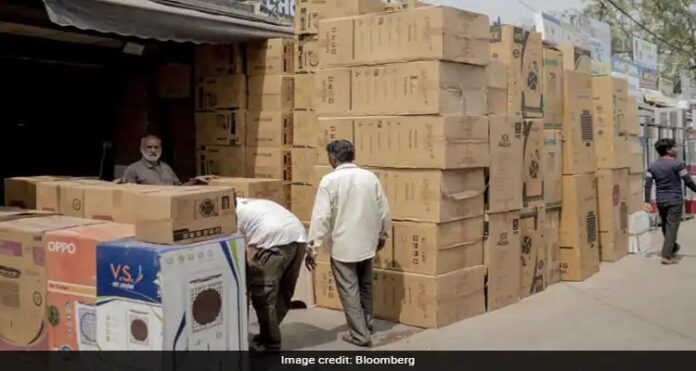| Translate This News In |
|---|
With electricity generation suffocating in the world’s largest economies, the global electric grid is about to face its most severe test in decades. War. Drought. Production constraints. Inventory levels are historically low. And pandemic repercussions. Energy markets around the world have been put through the wringer in the last year, with consumers bearing the brunt of the consequences of rising prices. However, things appear to be deteriorating.
The heat is to blame. Summer is a typical peak season for electricity use in much of the Northern Hemisphere. This year will be hot and humid as climate change tightens its grip. Parts of South Asia are already scorching, with air temperatures hot enough just to cook raw salmon. Scientists predict hot months ahead for the United States.
Power consumption will increase as homes and businesses turn on air conditioners.
The problem is that gas supplies are so fragile that there will simply not be enough to go around, and power outages will endanger lives because there will be no fans or air conditioning units to provide relief from the scorching heat.
The Asian heatwave has resulted in daily blackouts lasting several hours, putting more than 1 billion people in Pakistan, Myanmar, Sri Lanka, and India at risk, with no relief in sight. Six Texas power plants failed earlier this month, just as the summer heat arrived, foreshadowing what was to come. This summer, at least a dozen US states, from California to the Great Lakes, are at risk of power outages.
Power will be scarce in China and Japan. South Africa is on track to have a record year of power outages. And Europe is in a precarious position that is being held up by Russia; if Moscow cuts off natural gas supplies to the region, it could cause rolling outages in some countries.
“War and sanctions are trying to disrupt supply and demand, and this, combined with severe weather and an economic rebound from Covid, is boosting power demand,” said BloombergNEF analyst Shantanu Jaiswal. “The combination of many variables is quite unusual. I can’t remember the last time they all occurred at the same time.”
Why Do Blackouts Cause Suffering and Economic Harm?
Human welfare will be jeopardized in the absence of power. Poverty, age, and proximity to the equator all increase the risk of illness and death from extreme heat. Prolonged outages could result in tens of thousands of people losing access to safe drinking water.
If the blackouts continue and businesses close, the economy will suffer greatly.
In India, power shortages in many states are already approaching 2014 levels, when they were approximated to have shaved about 5% off the country’s GDP. That would imply a savings of nearly $100 billion if the outages became more widespread and lasted the entire year. A power outage would also likely contribute to more gains in the power and fuel markets, raising utility bills and fueling inflation. When plants on the Texas power grid failed earlier this month, wholesale power prices in Houston briefly surpassed the $5,000 per megawatt-hour price cap, rising 22 times higher than the national cost of on-peak power secured for the day.


















